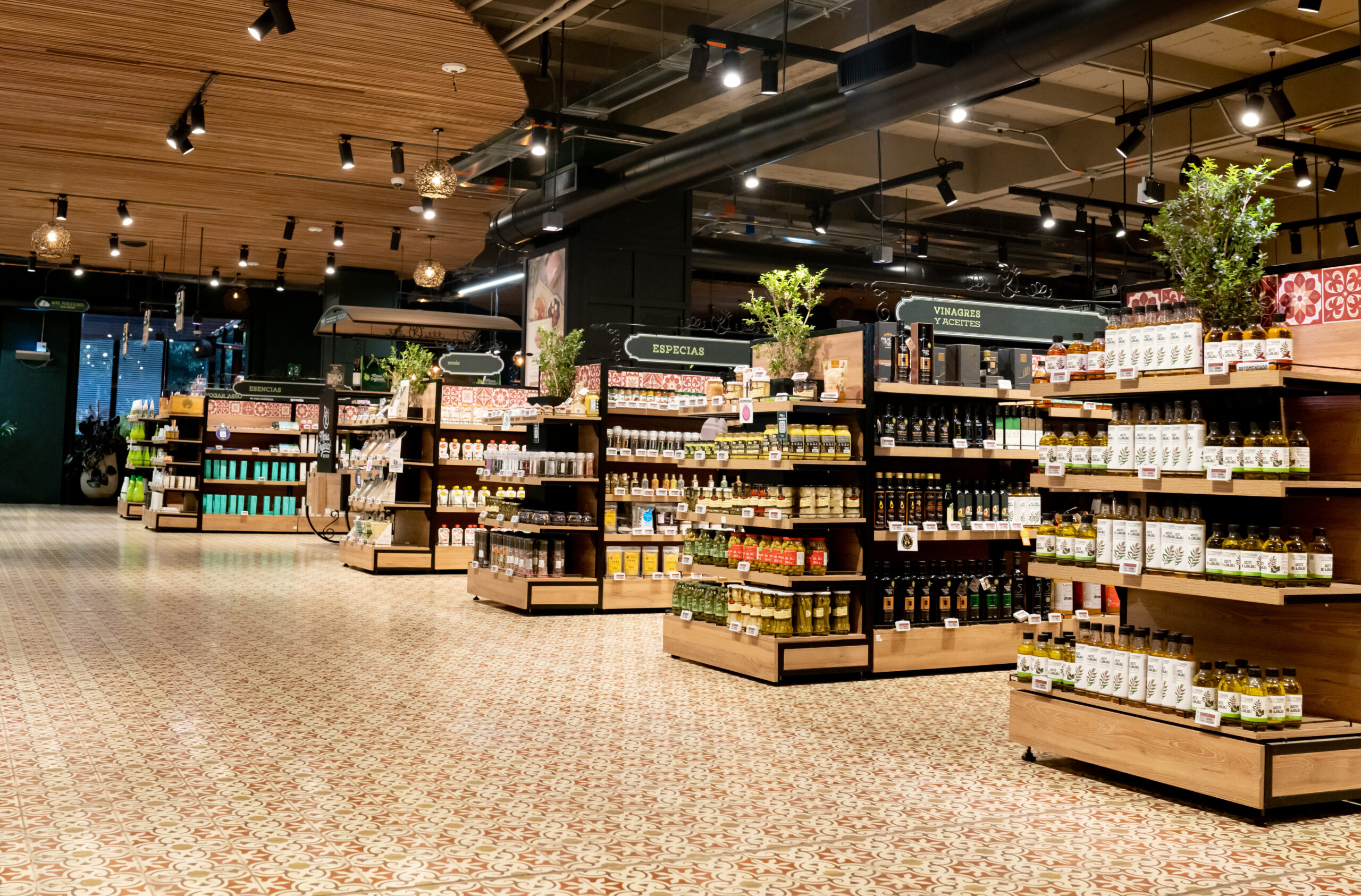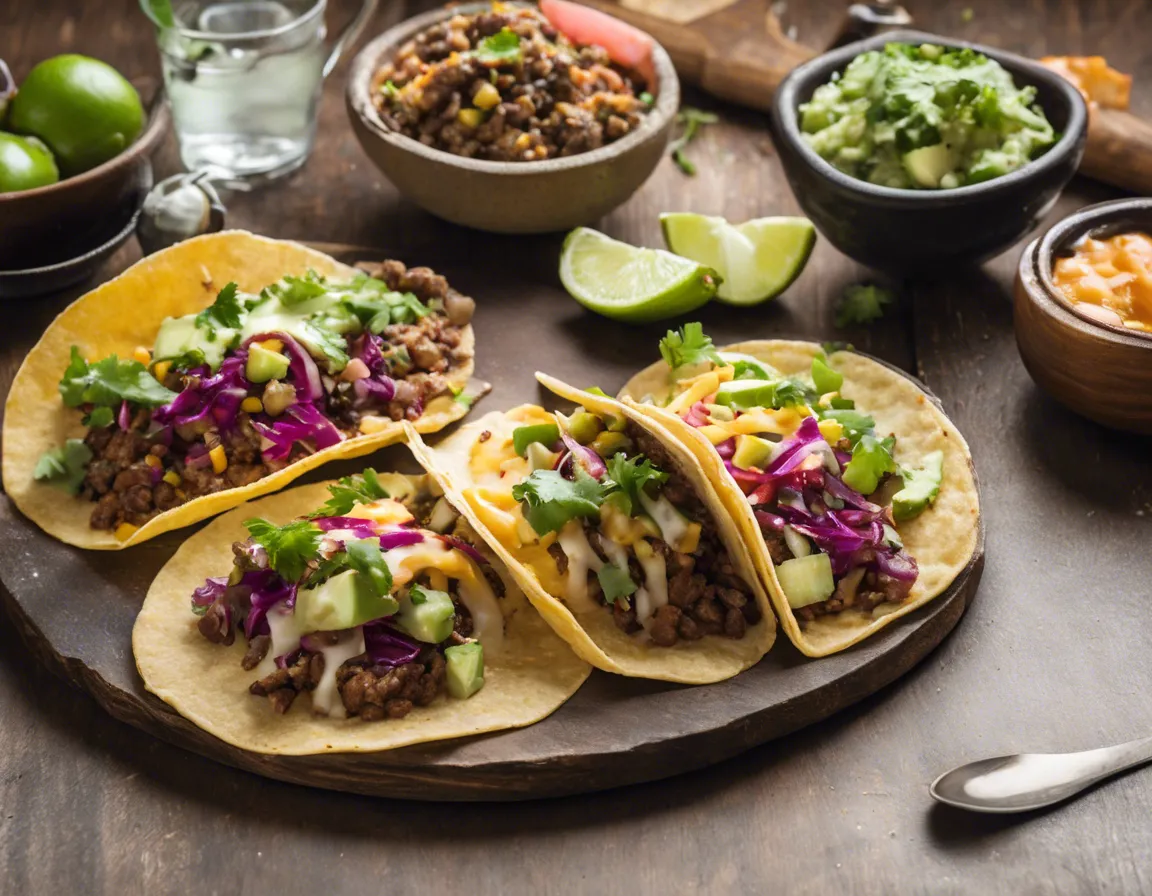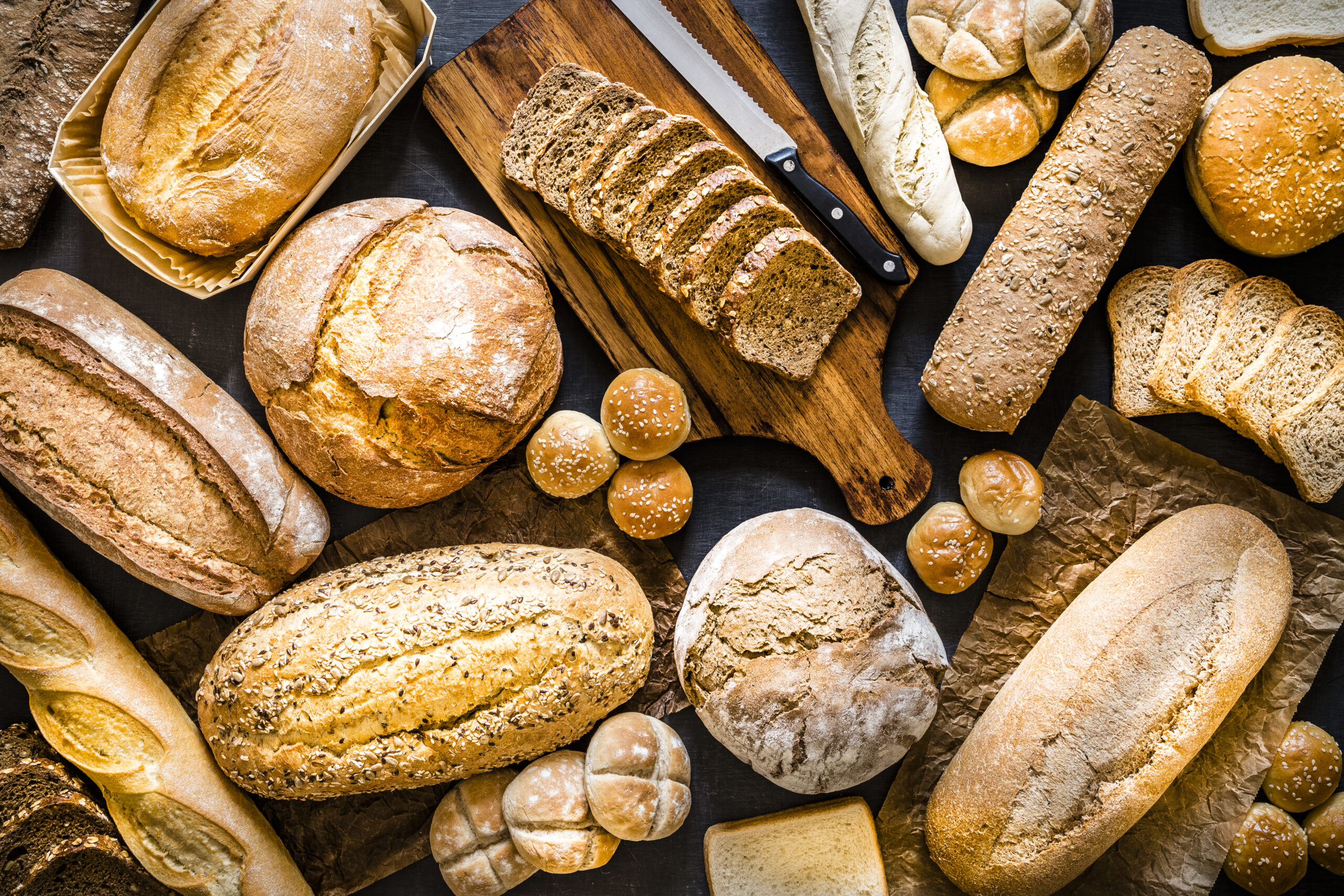Back in the day, I told my husband that one of the few things I’d never buy generic was soda. While I prefer Diet Coke these days, I also have a soft spot in my heart for nostalgic sodas like Diet Wild Cherry Pepsi. In fact, that was the flavor to have if you wanted to really impress your friends. I tasted a difference with the store brand varieties, even if I knew it was mostly in my head.
Though soda doesn’t have all that great of a reputation, it’s not going anywhere. Dr. Pepper was one of the earliest soft drinks, having been invented and served in Waco, Texas in 1885. Coke was technically invented in 1886 by a pharmacist but was first manufactured in 1892 in Atlanta, Georgia. Pepsi came out just a few years later, in 1898. Throughout the years, these brands have created a lot of different types of beverages.
Mountain Dew, for example, was introduced in 1940.
Fanta came out that same year. It’s unclear as to when Barq’s root beer came out, but it was definitely some time in the late 1800s. Can you imagine being in business that long?
Of course, there are other fad sodas that came and left throughout the decade, many of which you’ll see in this list.
Here’s what happened to be popular from the 1970s to the 2000s.
1970: Cotton Club

It sounds more like a clothing manufacturer today, but back in the ’70s, Cotton Club was a big soda manufacturer.
And the company was located in Cleveland, OH, of all places.
According to Case Western Reserve University, after Cotton Club emerged in 1902, it created a bunch of fruit-flavored drinks.
But even though most people had no problem sipping on their fruit punch, they still made standard drinks for those who weren’t really fond of tropically flavored beverages.
Their cola, root beer, and ginger ale were also very popular in the ’70s. You can even see a disco-themed ’70s commercial for their ginger ale right here.
1971 – 1972: Coca-Cola
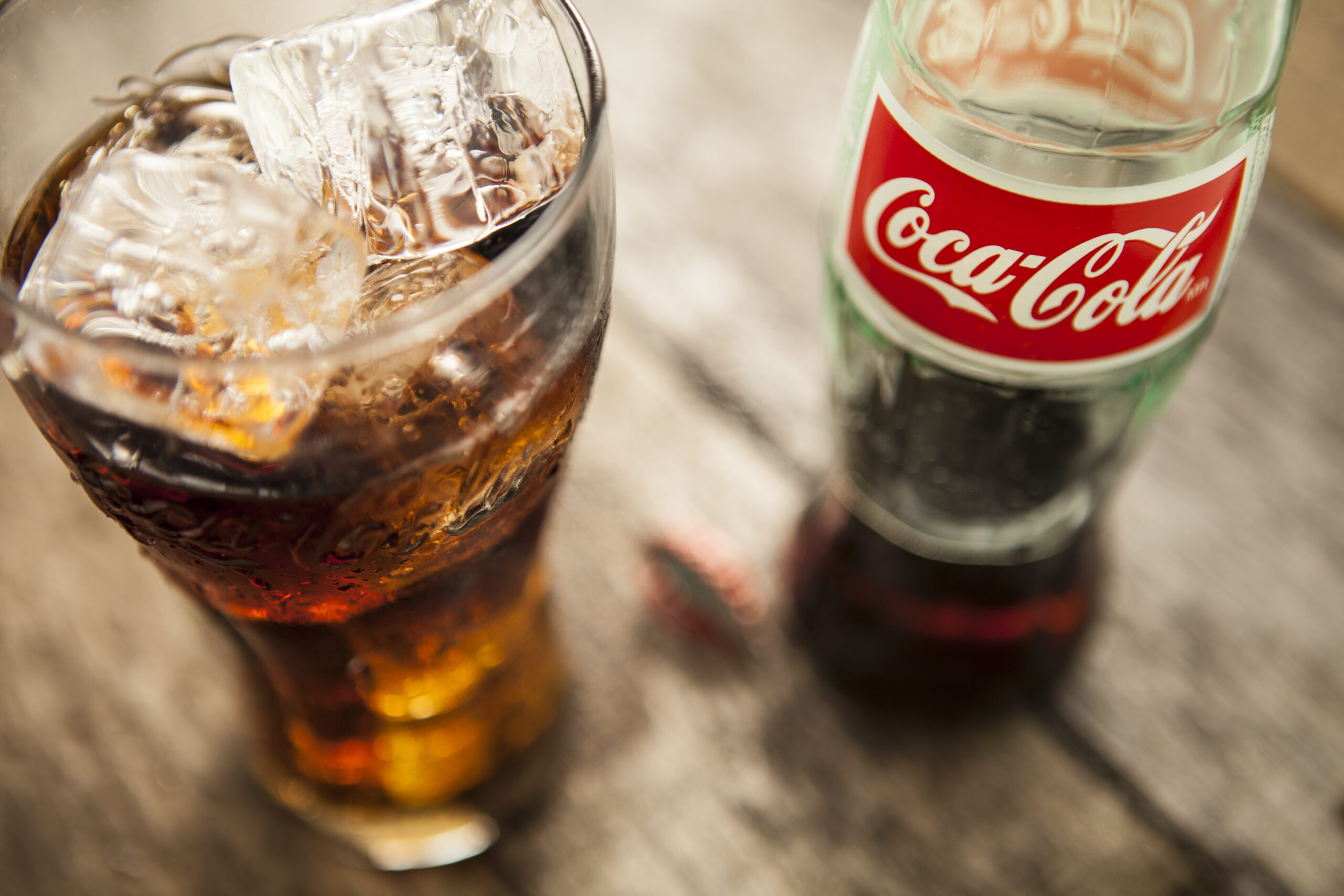
Now, let me get one thing straight. Coke has never not been popular. In fact, it’s been the top brand for decades, according to NBC News. That said, 1971 was a big year for them.
They launched the commercial “Hilltop.”
But many people may know it better as “I’d Like To Buy The World A Coke.” The Washington Post reported that the spot cost the company $250,000.
The money paid off, though.
“Hilltop” became the world’s most popular commercial. That means that 1971 and the following year were, without a doubt, Coke’s time to shine.
1973: Mr. Pibb
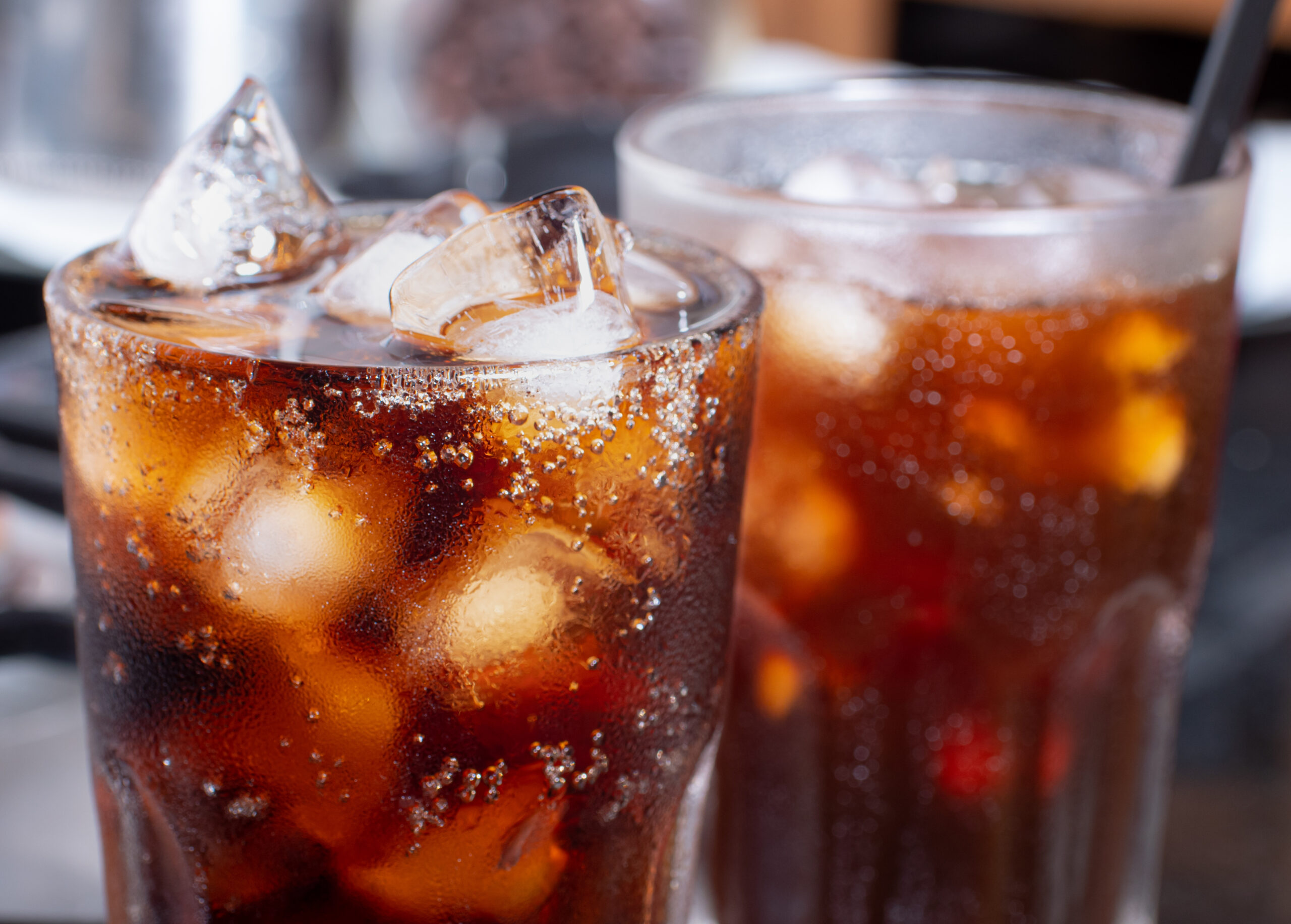
In the early ’70s, Mr. Pibb started slowly becoming available after initially testing in Texas in 1972. Coke originally called this drink “Peppo,” but as expected, Dr. Pepper sued them.
Thus, they changed it to Mr. Pibb.
Personally, I feel like the name adds a level of intrigue. These days, Mr. Pibb is known in stores as Pibb Xtra. Fans everywhere weren’t too happy about the change, and we can understand why.
1974: Sugar-Free Sprite
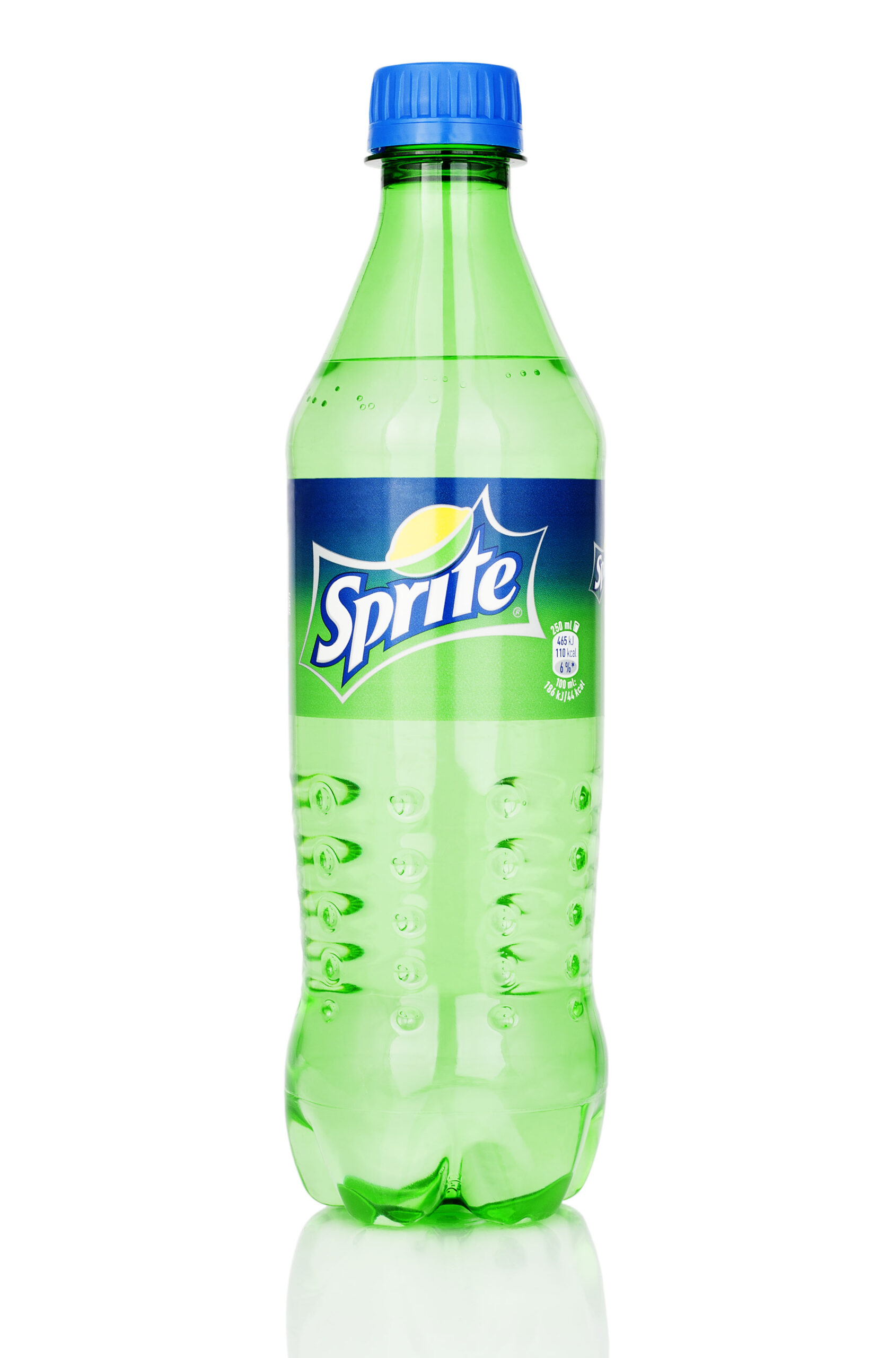
We know it today as Sprite Zero, but back then it was Sugar-Free Sprite. It first went into production in 1974. That wasn’t the only rebranding this popular drink faced.
In 1983, it was best known as “Diet Sprite,” which is what you might still call it in your head.
(That is, if you even knew they made the change in the first place.) Not only does this soft drink have zero sugar, but it also has zero calories.
1975: A Tie Between Coke and Pepsi
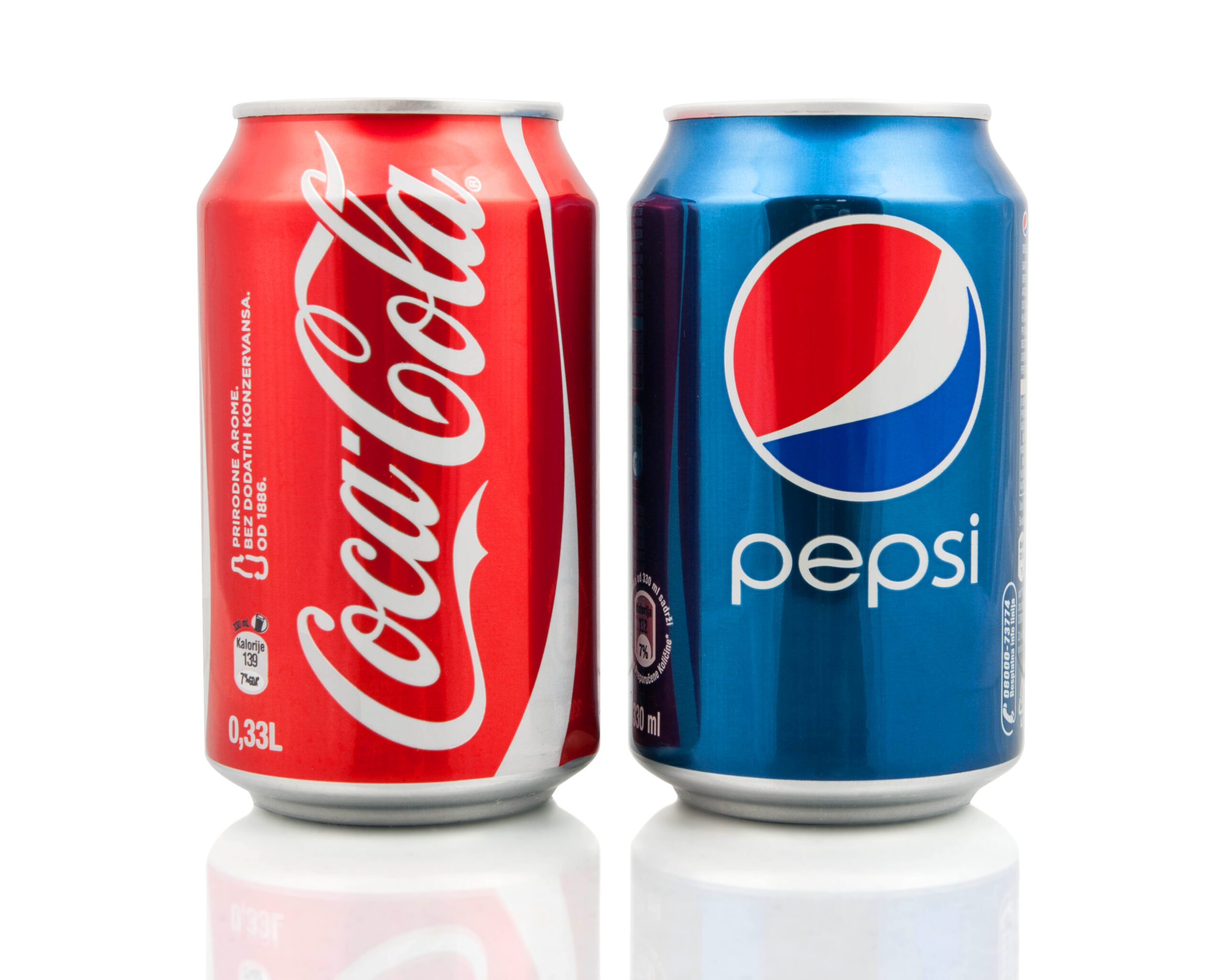
Again, Coke is usually number one, but in 1975, things got weird. New York Magazine reportedly ran a poll about America’s favorite diet sodas in an article titled,
“Yecch! Rating the Diet Colas.”
The top spot listed a tie between Coke and Pepsi. But not even Diet Coke and Diet Pepsi. They shouldn’t have been included in the research, but as I personally wasn’t born yet, I couldn’t really stop them.
1976: Tab
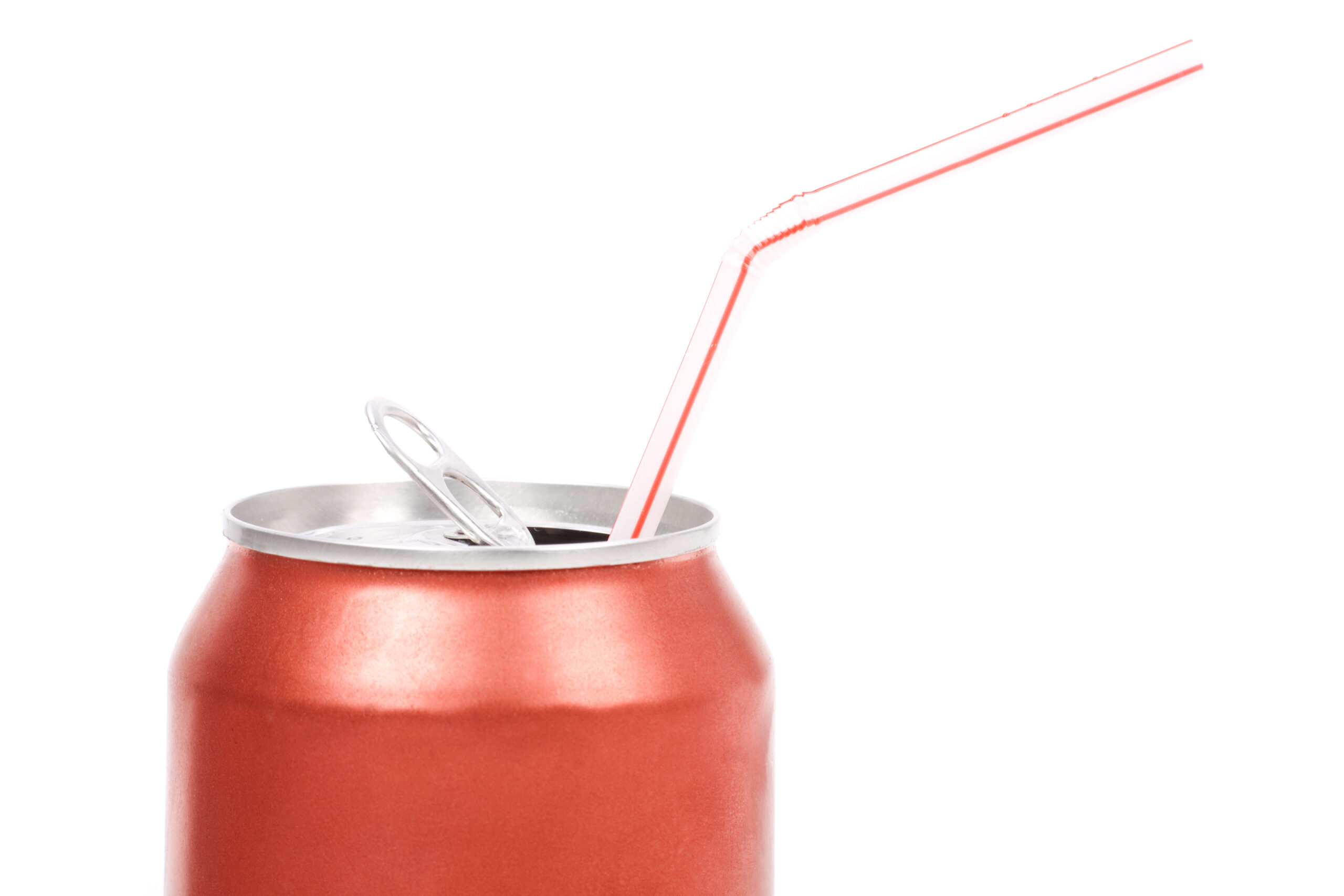
As diet drinks were making their way to America, Tab had a different approach. They were Coca-Cola’s answer to the fad, but they didn’t actually label themselves as being “diet.”
In fact, Tab was more like a lifestyle.
Originally created in 1963, it was meant to appeal towards people, especially women, who wanted to “keep tabs on their weight.” The 1970s is when the product grew further, according to MeTV, with plenty of different flavors becoming available.
1977 – 1978: Dr. Pepper
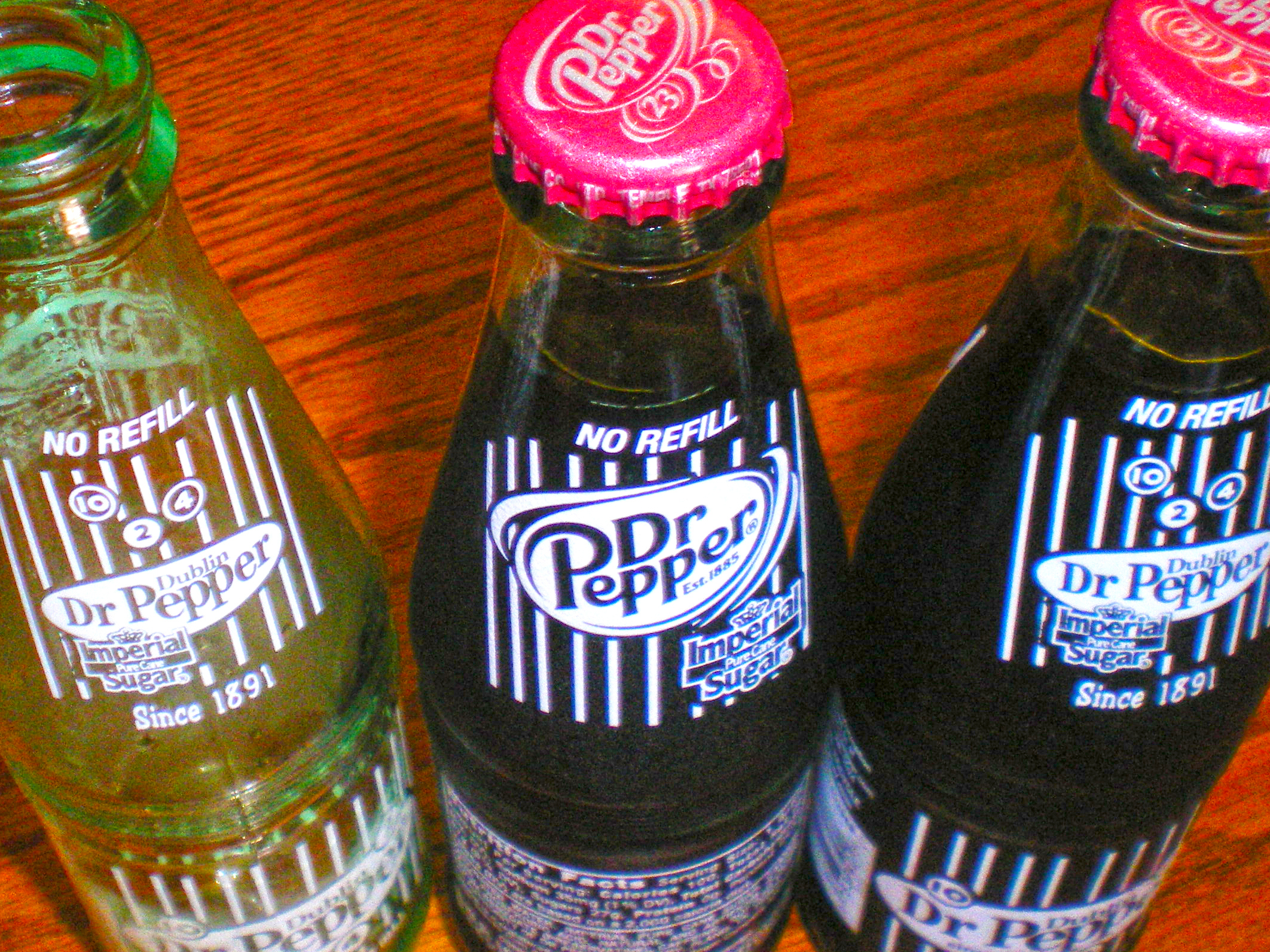
Remember when I mentioned Mr. Pibb? It was trying to complete with Dr. Pepper, but that’s a hard battle to win. The late 1970s was especially good for Dr. Pepper due to their memorable commercials.
The “I’m a Pepper” commercials started airing — this one aired in 1977 — which had an infectious jingle.
They also reportedly started airing ads before theatrical releases, which was much more of a rarity back then. Never deny the power of a well-placed ad.
1979 – 1980: Mello Yello
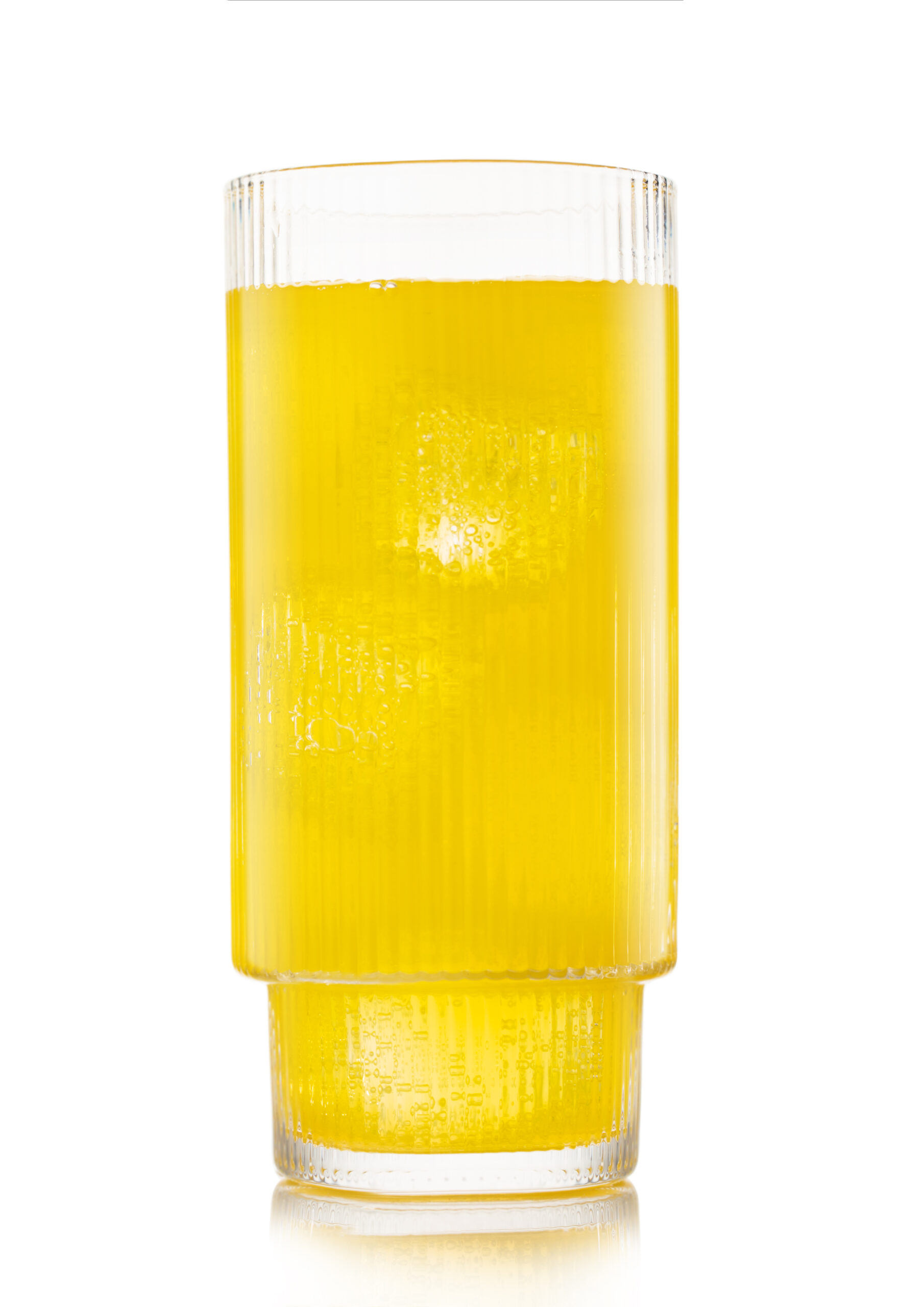
Dr. Pepper wasn’t the only drink that had competition. Mountain Dew did, too.
The competitor’s name was Mello Yello.
And it came out in 1979. The soda packs a ton of caffeine and has grown to include a bunch of other flavors.
Like orange, grape, and limeade, as the years went on.
It might not be the most popular today, but it definitely has a fanbase.
1981: New York Seltzer

In the ’80s, people briefly looked for sophistication in their nostalgic sodas. Hence, why New York Seltzer (founded in 1981) was so popular.
The company admits on their website that they’re known best as “the 1980s in a bottle.
That means that they had no problem helping define such a popular decade. But it’s still around today if you weren’t old enough to enjoy them back then.
1982: Tab
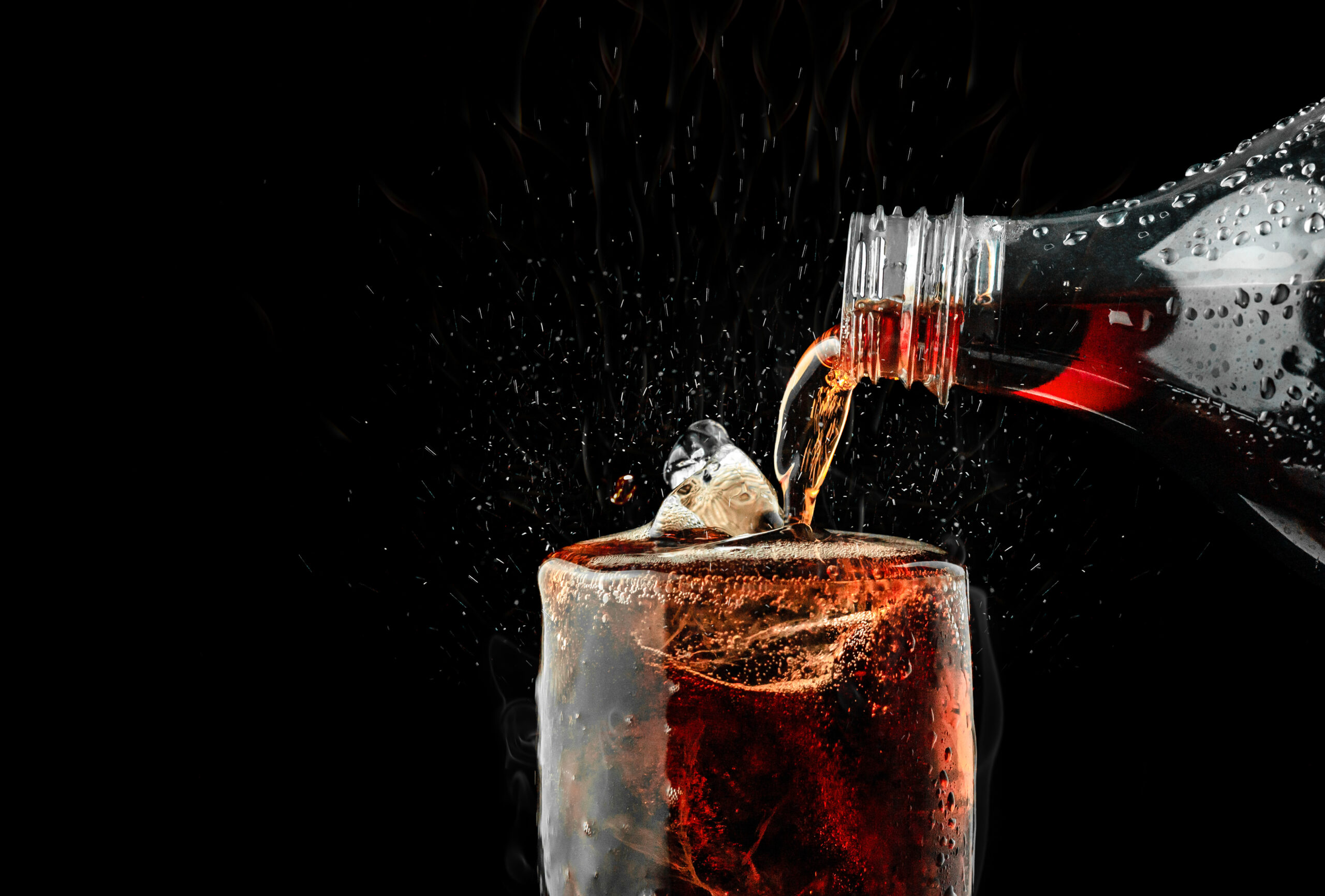
Tab was still gaining popularity around this time, but for one key reason. Her name was Elle MacPherson, and she starred in a 1982 commercial for the beverage.
In it, she’s looking great in a bikini while the music states that Tab “has a beautiful taste.”
It’s hard not to think that MacPherson just drank Tab all day on Friday and woke up on Saturday looking like that.
1983: Caffeine Free Coca-Cola
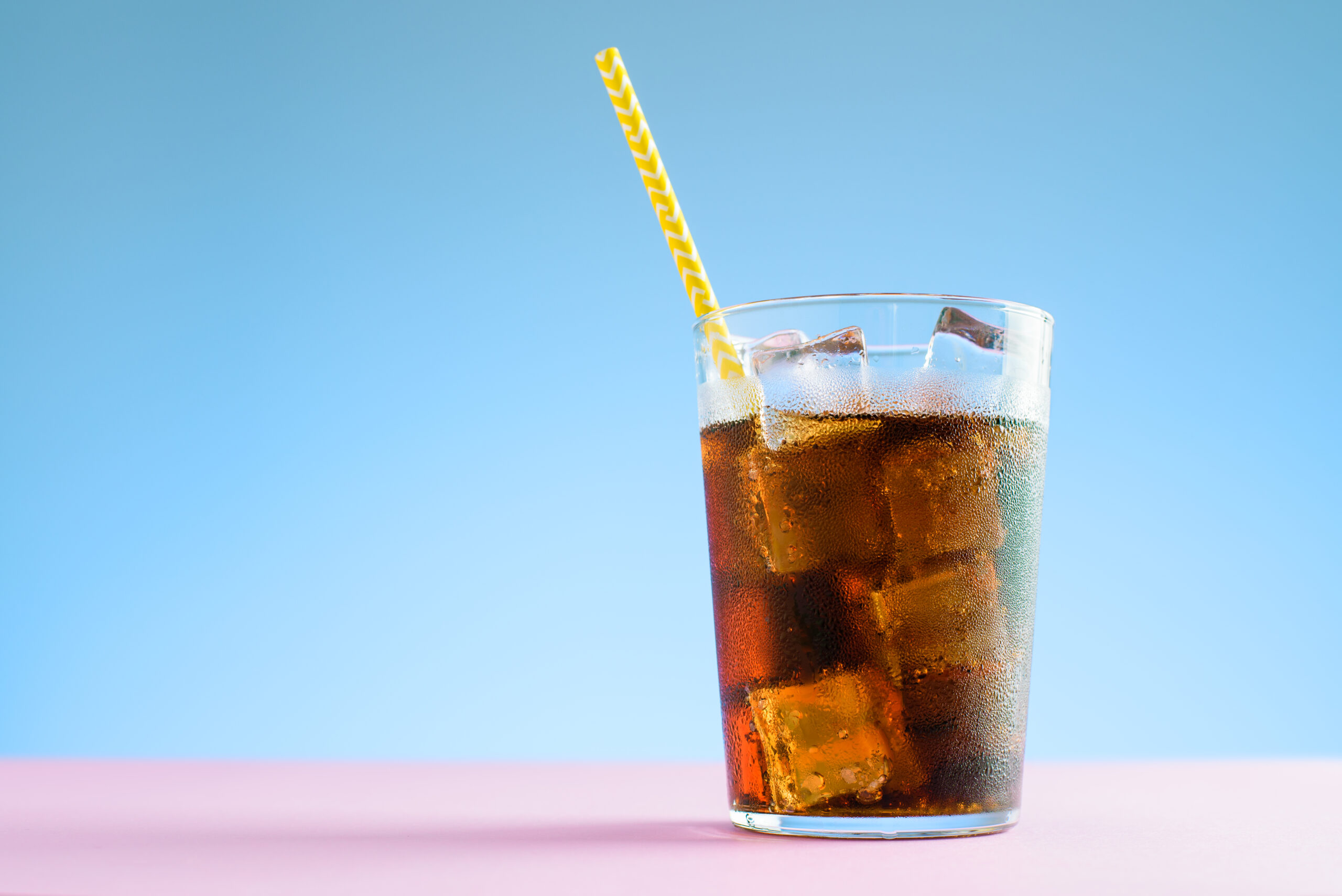
In 1983, Coke released a caffeine-free soda that was unlike the other sodas in their lineup. Oddly enough, Pepsi did it first and this was Coke’s response.
Pepsi’s caffeine-free soda was called Pepsi Free.
While a whimsical name, it didn’t get the point across and was later rebranded as “Caffeine Free Pepsi.” For caffeine addicts, the drink defeats the purpose. But for people who needed a good night of sleep, this product was a lifesaver.
1984: Pepsi
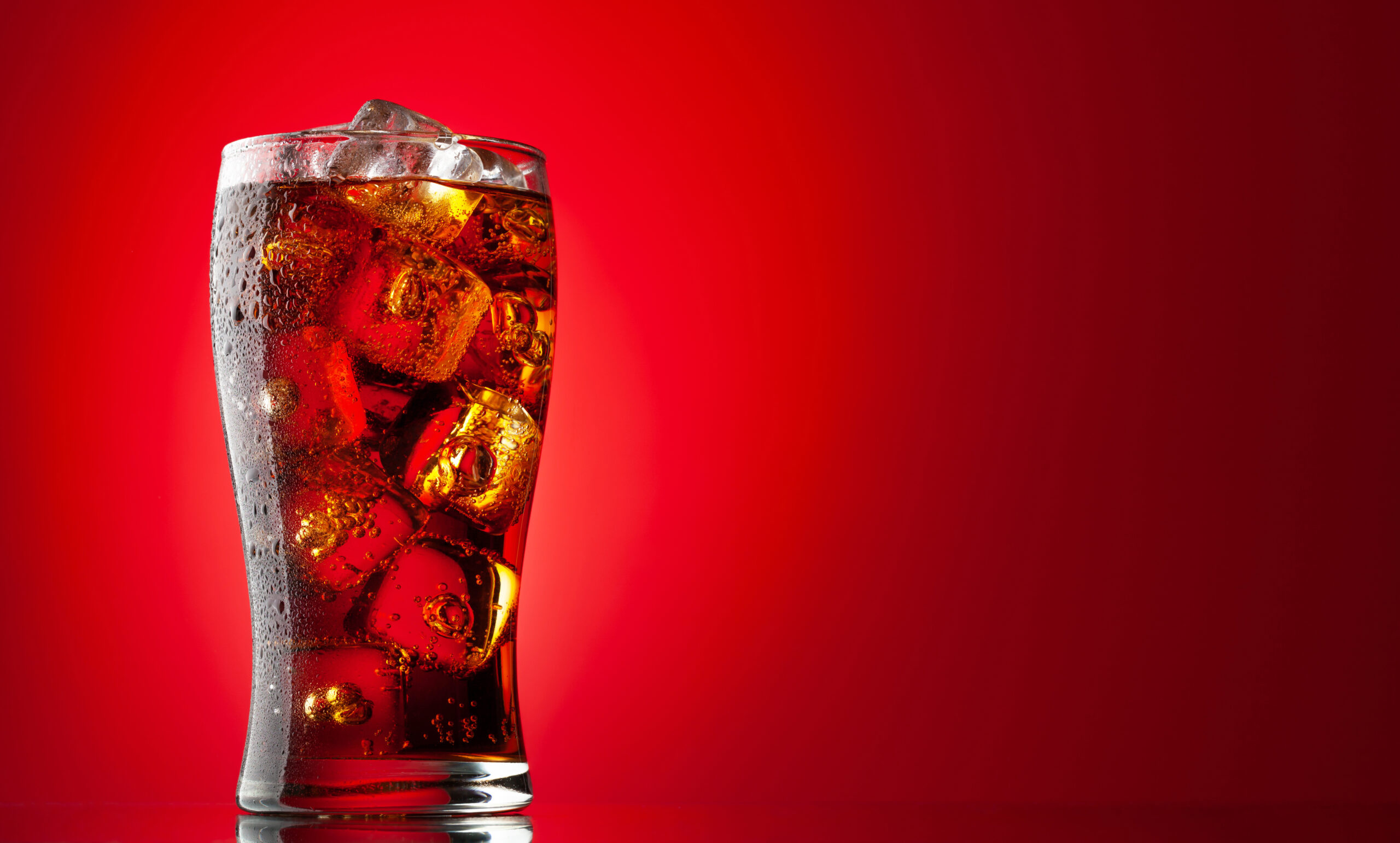
Even though Coke usually came out on top, it didn’t mean that Pepsi was lagging all that far behind.
Especially in 1984.
His commercials are pretty controversial now, but in the ’80s, Michael Jackson was a huge star.
The fact that he endorsed Pepsi was phenomenal for the company.
In this particular video from 1984 that samples from his hit “Billie Jean,” he dances alongside Alfonso Ribeiro, otherwise known as Carlton from The Fresh Prince of Bel-Air.
1985: Jolt Cola
Since caffeine was on the rise, 1985 was the perfect time for Jolt Cola to debut. For 24 years, Jolt’s slogan didn’t change. It was, according to CNET,
“All the sugar and twice the caffeine.”
The sugar factor might turn people off today, as sugar is on everyone’s must-avoid list, but hey. At least the company was honest about the product they were selling, and why this soda flavor was different from the rest.
1986: Apple Slice
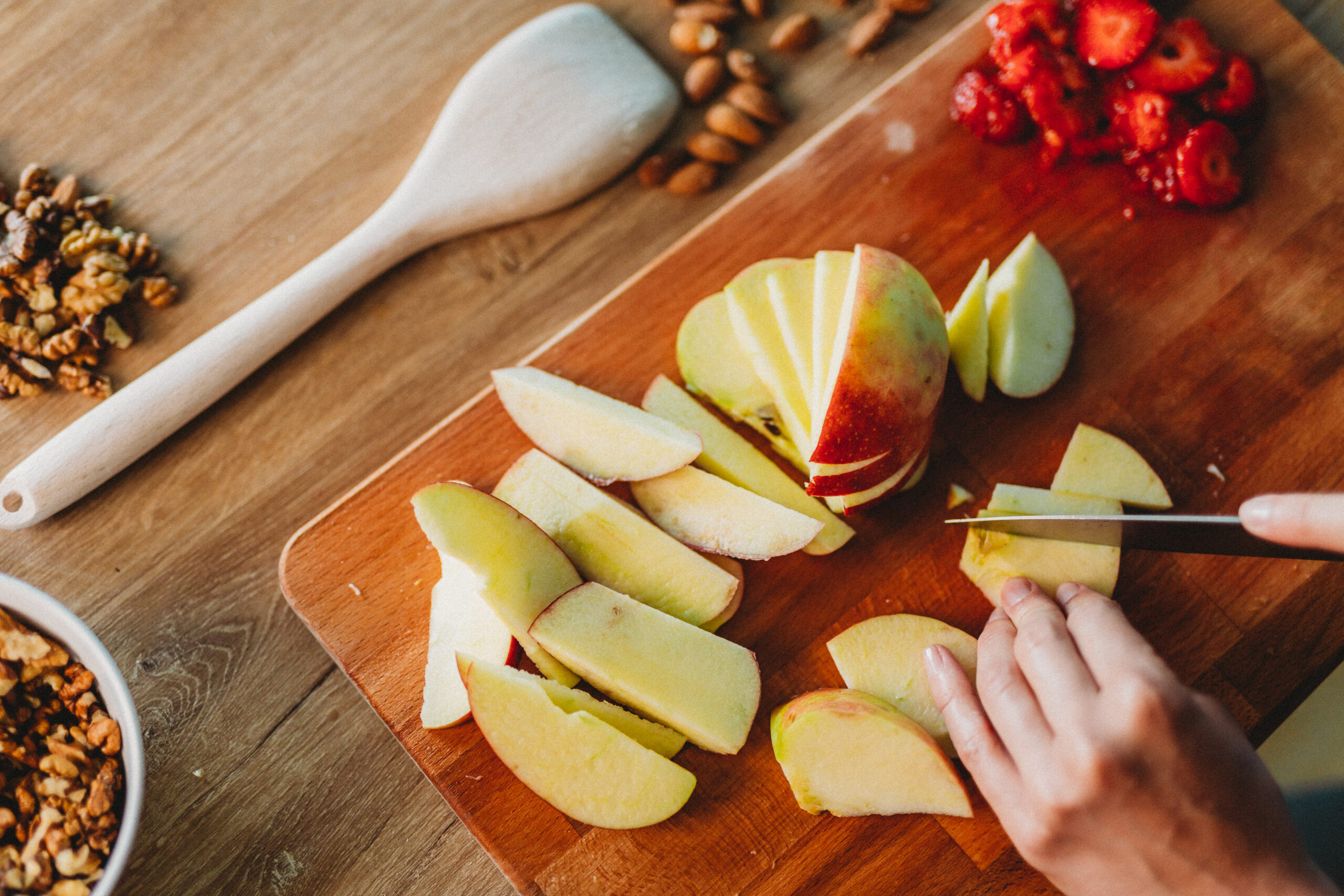
Adults can’t feel cool drinking apple juice, but Apple Slice is another story. Slice is part of the Pepsi lineup, and apple was a flavor The New York Times states they released in 1986.
Based on the commercials, they made it look extremely refreshing.
And even though soft drinks aren’t healthy, you can easily (yet wrongfully) be persuaded that Apple Slice was at least better for you than a standard Coke.
1987-1988: 7Up Gold
Even though 7Up was caffeine-free, the company made an exception for 7Up Gold. A collaboration with Dr. Pepper, the revamped drink released in 1987.
Even though it brought a little bit of life into the soda corporation, 7Up Gold didn’t stick around too long.
And that’s probably because even though the apple cinnamon flavor intrigued people that first year, it didn’t really suit most meals. The advertising wasn’t great, either.
1989-1990: Wild Cherry Pepsi
Wild Cherry Pepsi was invented in 1988, but it really gained popularity in ’89. However, many modern fans of this drink tend to call it Pepsi Wild Cherry or Diet Pepsi Wild Cherry.
In fact, the Pepsi company reportedly rebranded the product back in 2005.
In 2014, the soda got an even fresher ad campaign after execs saw the cherry-flavored soda’s sales spontaneously go up. We’re not surprised at all, though. Who can resist the subtle fruity twist?
1990 – 1992: Clearly Canadian
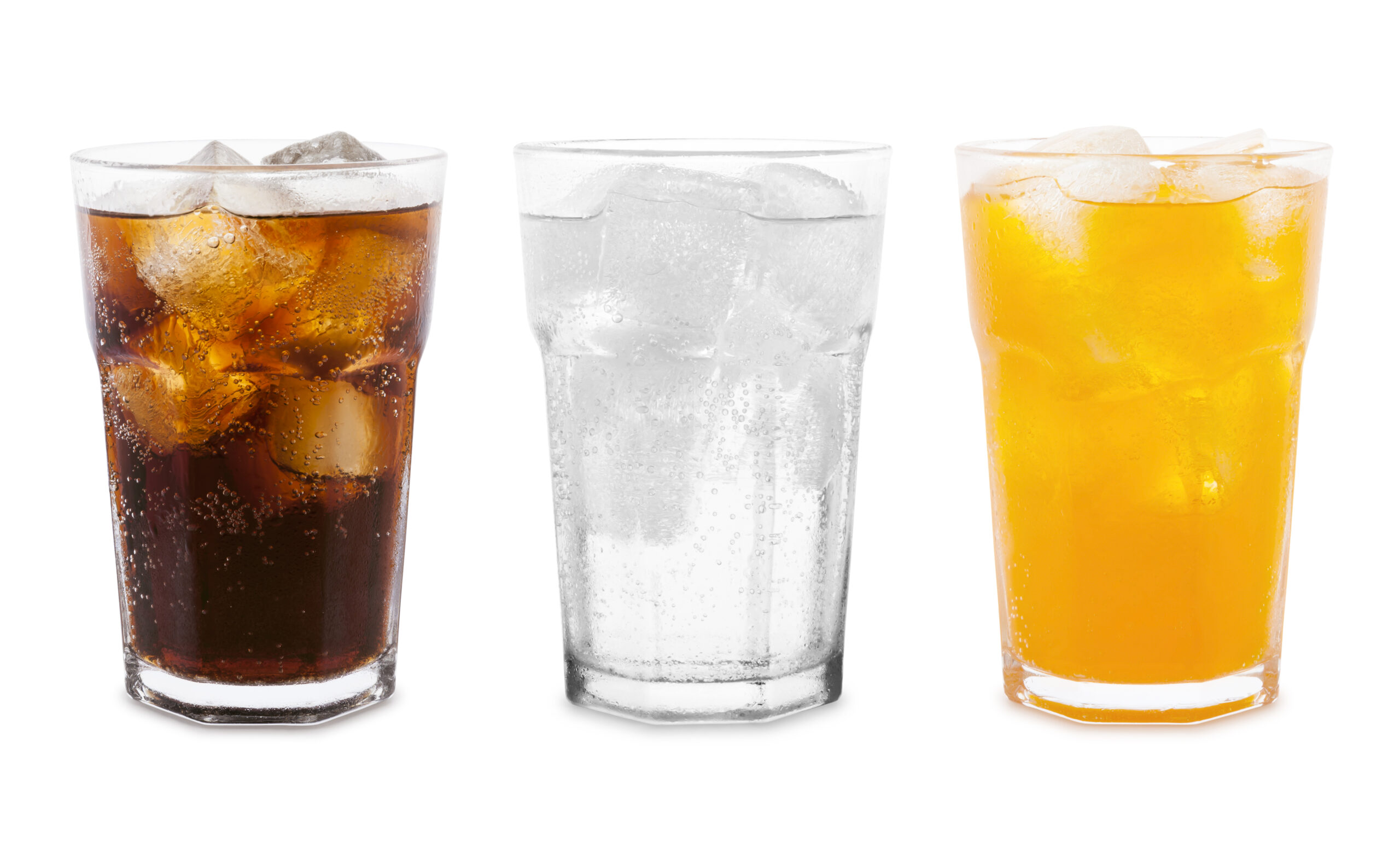
The ’90s gave a notable sales boost to this little known product. The Clearly Food & Beverage Company of Canada reportedly made their soda in 1987, but it really hit its stride in the United States in the early ’90s.
In fact, in 1992, Clearly Canadian reached a peak sales amount of $155.2 million.
The company’s beverages, which came in a variety of flavors, have a devoted fanbase even to this day.
1993: Zima
Even though this is an alcoholic beverage, it kind of counts as a soft drink as well. Perhaps that’s why Zima was eventually discontinued in 2008.
A major beverage conglomerate released the product.
In fact, the Coors Brewing Company thought up the rather innovative idea. Zima had carbonation and was kind of a big deal for people who weren’t too into beer.
It was kind of like a mix between Sprite and light beer.
But, like many products back in the ’90s, Zima was written off as a fad. It’s still around in Japan if you’re dying to try it.
1994 – 1995: Fruitopia
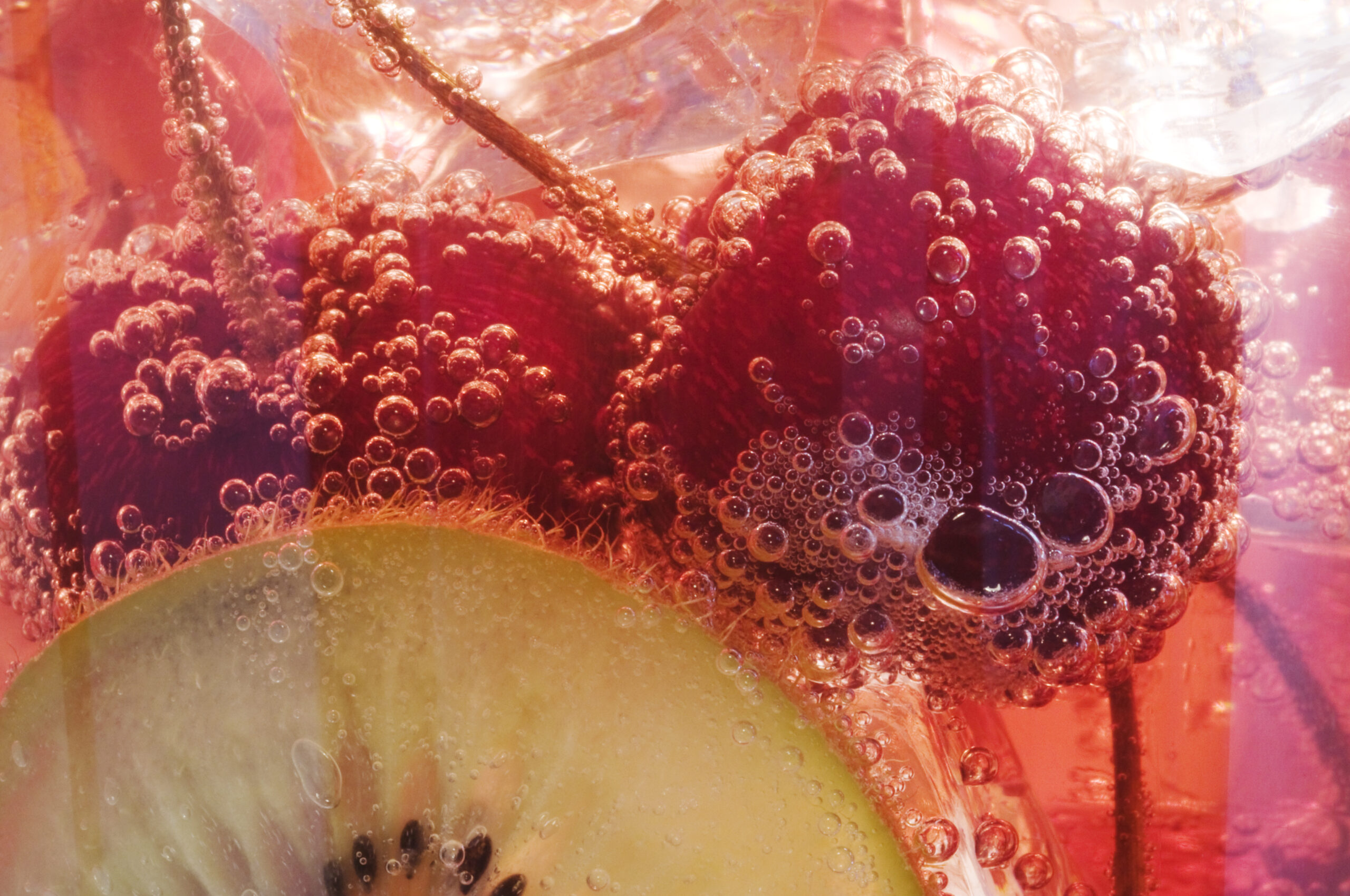
To this day, many people mourn the loss of Fruitopia. Back in the mid-’90s, Fruitopia was known as somewhat of an alternative drink.
It wasn’t great for you health-wise, but parents seemed to approve of it.
Plus, the drink’s ads were often trippy, and each flavor had a unique name that parents wouldn’t immediately understand. It was a glorious beverage.
1996: Bottled Water
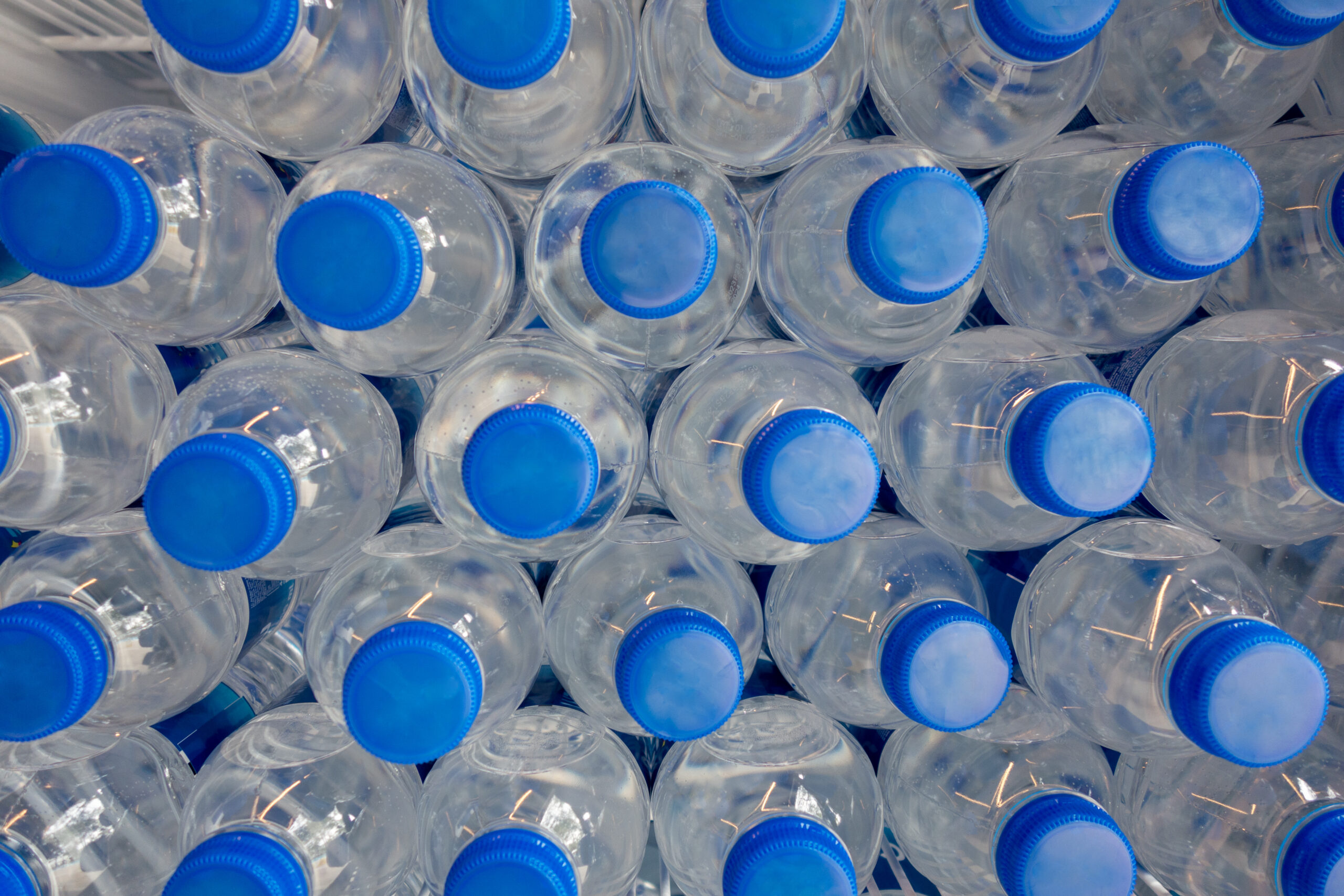
Okay, so bottled water isn’t exactly a nostalgic soda. But soda consumption levels notoriously crashed in 1996.
And many big soda companies introduced a water brand to their respective product lines.
Consequently, bottled water started becoming the go-to beverage. The bottled water spike may have also resulted from tap water’s bad reputation, according to an article from The New York Times.
And we’re not that surprised.
At the time, many people weren’t really concerned about reusable water jugs and the environmental havoc that plastic bottles wreak.
1997 – 1998: Orbitz
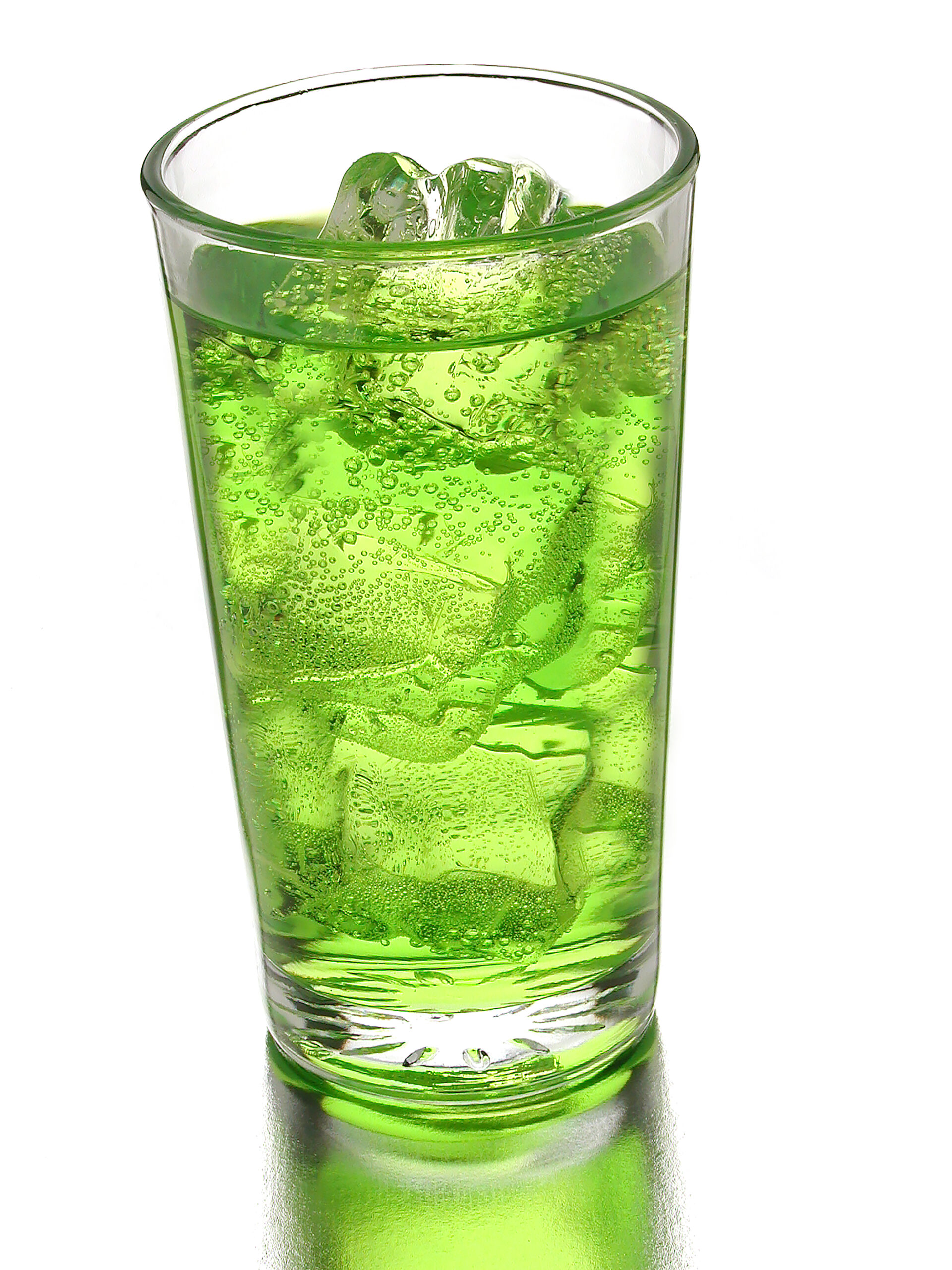
People will buy anything if it looks cool. Enter, Orbitz. Orbitz was a soft drink with packaging that looked like a lava lamp.
There were even tiny, colorful blobs of gelatin floating in each bottle (much like a ’90s version of boba).
People didn’t enjoy this drink for too long, though. The intrigue wore off, and it was just a little too weird. But Orbitz is still quite the nostalgic drink.
1999: Surge
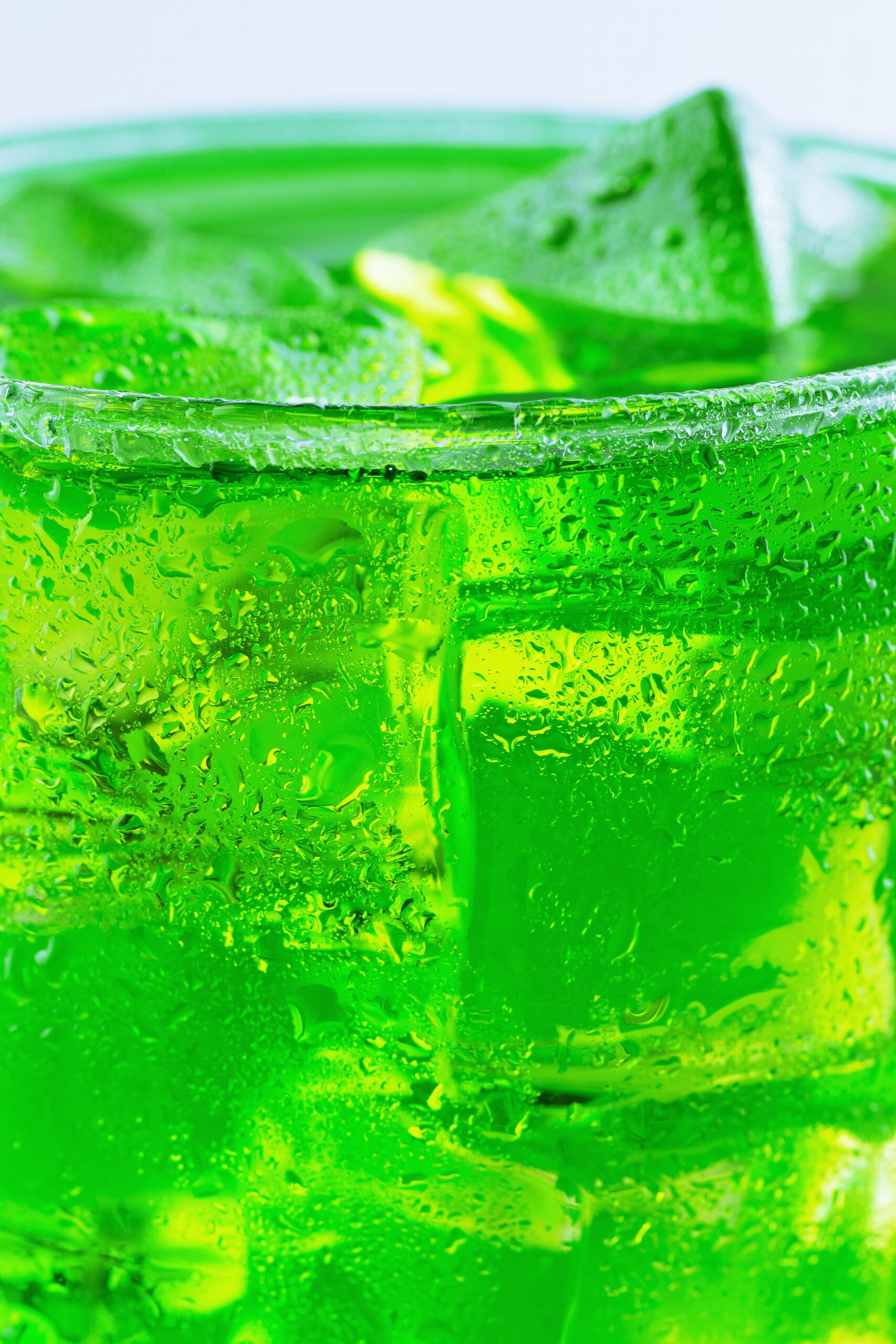
Surge was supposed to be competition for Mountain Dew. The drink released to consumers in 1997, but it became more popular as the years passed. Fans even petitioned to get Surge back when it disappeared in 2003.
And they sort of won.
You might not find it in every grocery store, but the beverage is available online. A sugary citrus concoction, Surge makes many people reminisce about the ’90s. And the product art is just plain cool.
2000: Red Bull

Energy drinks really made their mark in the 2000s. Red Bull was one of the first ones.
It actually got a start overseas and gained popularity in the United States after the 1997 California release.
The company quietly spread all over by marketing to college students, producing wacky animated ads, and sponsoring athletes and sporting events.




